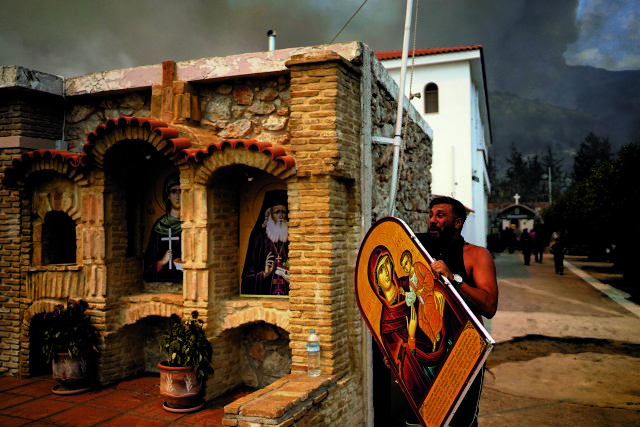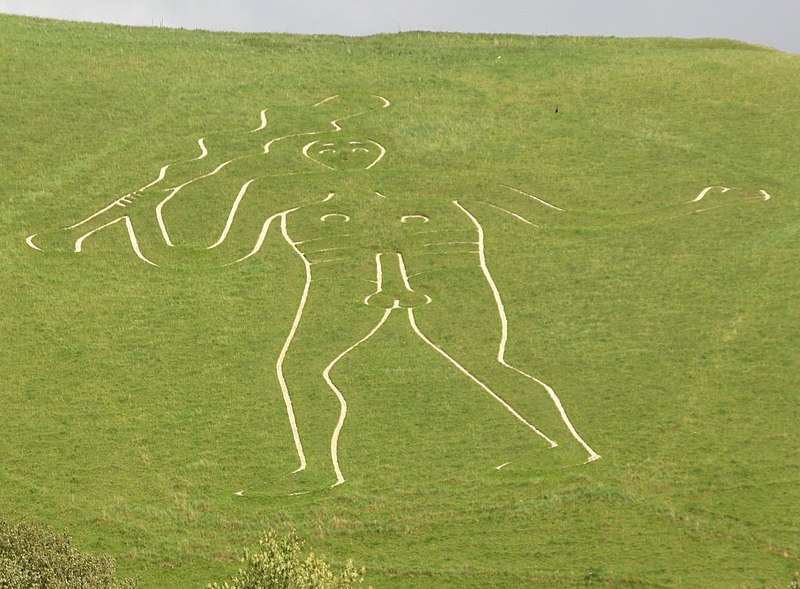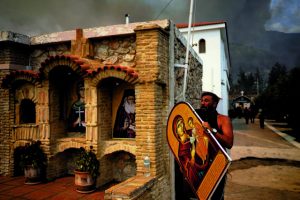The enigmatic Cerne Abbas giant, a colossal figure etched into the chalky expanse of an English West Country hillside, has long baffled scholars with its uncertain origins and symbolism. Over time, theories abounded, proposing its identity as a Celtic god, an ancient fertility symbol, or even a satirical representation of Oliver Cromwell. However, recent research from the University of Oxford introduces a fresh perspective on this iconic landmark.
The findings, published in a report, suggest that the 60-meter-tall figure in Dorset might have served as a significant rallying point for West Saxon armies during a period of Viking invasions. Contrary to previous beliefs about its age, investigations led by Oxford academics Helen Gittos and Tom Morcom propose that the giant dates back to the late Saxon era, potentially originating in the 10th century.
According to their study, the figure likely embodies Hercules, symbolizing strength and valor. It is conjectured that this monumental form may have provided a backdrop for the assembly of troops gathering to defend against Viking incursions, situated strategically amidst the landscape’s early medieval features.
Gittos, an associate professor in early medieval history, explained that the Cerne giant is just one element within a constellation of early medieval landscape features, shedding light on its probable purpose. The research highlights the proximity of the giant to the West Saxon royal family’s extensive landholdings in the 10th century, notably under Æthelmær, a prominent figure in the English court and descendant of King Æthelred I.
Moreover, the location’s characteristics—a hillside vantage point with sweeping views over Dorset and its adjacency to crucial medieval pathways—align with the concept of a “hanging promontory” site, believed to be conducive for assembling large groups. These sites were likely utilized for mustering armies under the leadership of the local leader, necessitating logistical support and visibility, traits that the Cerne giant fulfilled impressively.
The researchers emphasized the giant’s potential role as a rallying point, a symbolic representation of Hercules as a warrior figure, poised with a club, possibly invoking a call to arms or inspiring a gathering army. This narrative places the giant within the fabric of the local history and community, transforming it from an isolated enigma to an active participant in the region’s cultural and strategic landscape.
Tom Morcom concluded that their findings offered a compelling narrative, integrating the giant seamlessly into the historical tapestry of the locale, bridging the gap between mystery and active engagement within the community.
Source: The Guardian







